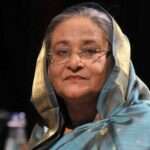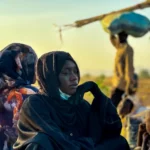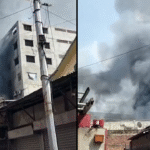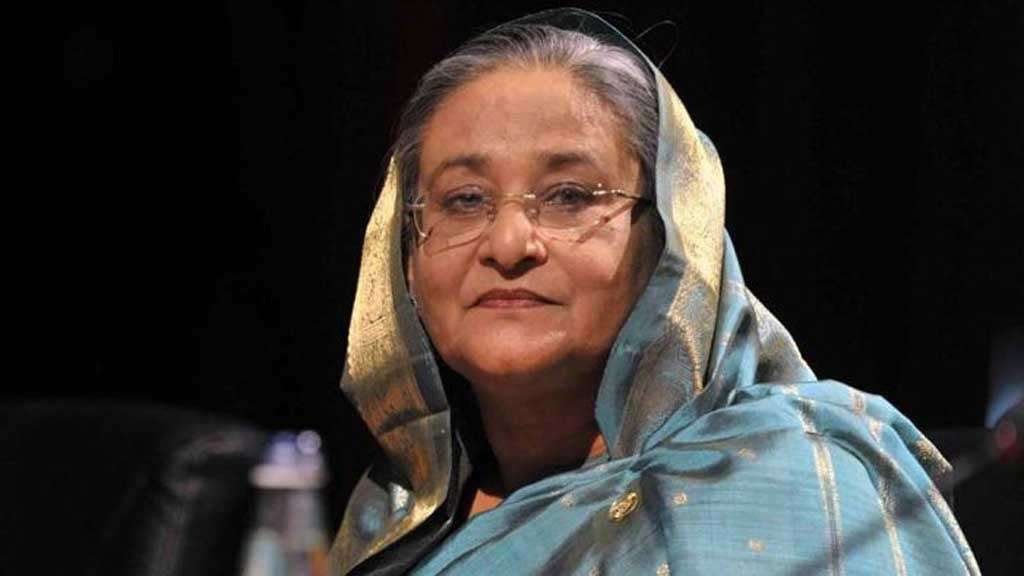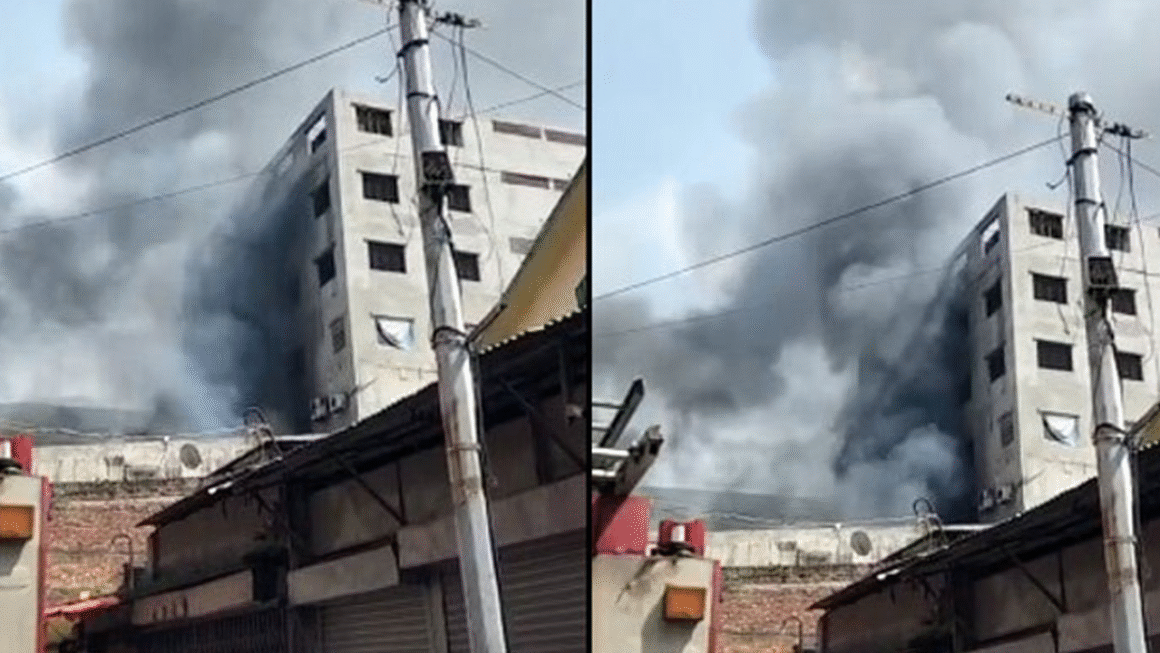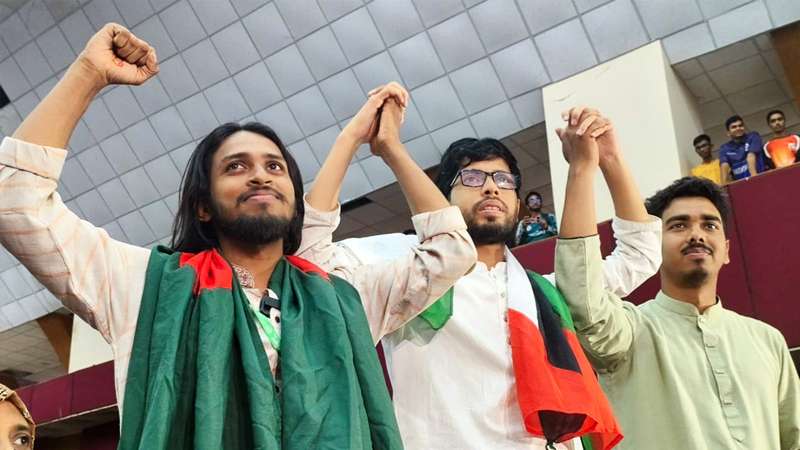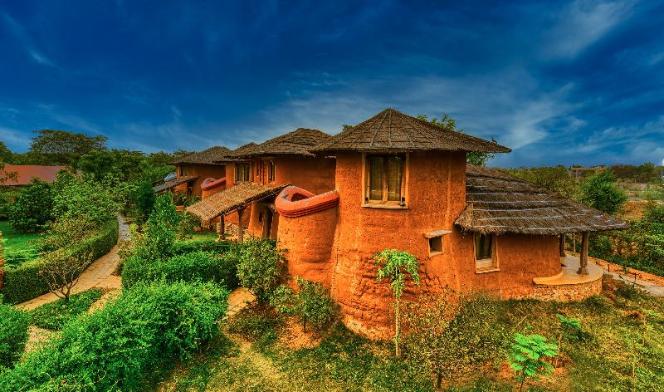 Sherpur District Introduction-
Sherpur District Introduction-
Sherpur District is one of the most beautiful and culturally rich districts located in the Mymensingh Division of Bangladesh. Surrounded by lush greenery, hills, and rivers, Sherpur is known for its historic sites, indigenous communities, and agricultural prominence. Whether you are a traveler, historian, or researcher, Sherpur offers an intriguing glimpse into the diverse heritage of northern Bangladesh.
Location and Geography-
Sherpur District is situated in the north-central region of Bangladesh, sharing a border with the Indian state of Meghalaya to the north. Its geographical coordinates are approximately 25°1′ N latitude and 90°0′ E longitude.
It covers an area of about 1,364.67 square kilometers and consists of riverine plains, small hills, and the scenic Garo hills in the north. The district is crisscrossed by several rivers including the Brahmaputra, Vogai, and Mrigi.
Administrative Structure-
Sherpur District is divided into 5 upazilas (sub-districts):
- Sherpur Sadar
- Nalitabari
- Nakla
- Jhenaigati
- Sreebardi
Each upazila has its own administrative and local governance system, consisting of municipalities (pourashavas) and union councils.
Historical Background-
The history of Sherpur District dates back to the Mughal period. The name “Sherpur” is believed to have originated from “Sher Khan,” a Mughal commander who established a fort here. During the British colonial period, Sherpur gained significance as a commercial center. It was a part of Mymensingh district until it was declared a separate district in 1984.
During the 1971 Liberation War, Sherpur played a crucial role, with numerous freedom fighters and civilians sacrificing their lives. Several war memorials in the district bear testimony to its contribution.
Population and Demographics-
According to the latest census, Sherpur District has a population of approximately 1.6 million. The majority of the population is Muslim, followed by Hindus and small numbers of Buddhists and Christians.
Sherpur is home to indigenous communities like the Garo (Mandi) and Hajong, primarily residing in the Jhenaigati and Nalitabari areas. These communities maintain distinct cultural practices, languages, and festivals.
Economy-
The economy of Sherpur District is largely agrarian. The fertile plains and favorable climate support the cultivation of:
- Paddy
- Jute
- Mustard
- Sugarcane
- Vegetables
The district is also well-known for its banana plantations and dairy farms. In addition to agriculture, small-scale industries like weaving, pottery, and handicrafts are thriving.
Remittances from overseas workers, especially from the Middle East and Malaysia, also contribute significantly to the local economy.
Education-
Sherpur has a moderately developed educational infrastructure with both public and private institutions. Prominent educational institutions include:
- Sherpur Government College
- Sherpur Government Victoria Academy
- Nalitabari College
- Jhenaigati Degree College
- Sherpur Girls’ High School
The literacy rate is around 60%, with ongoing efforts to increase female education in rural areas.
Healthcare-
The district is served by Sherpur District Hospital and several Upazila Health Complexes. Non-governmental organizations (NGOs) like BRAC and Gonoshasthaya Kendra also provide community-based healthcare services.
Communication and Transport-
Sherpur District is connected to Dhaka and other major cities through road networks. Buses from Gabtoli and Mohakhali terminals in Dhaka regularly travel to Sherpur. The district is about 190 kilometers away from the capital.
Although there is no railway station directly in Sherpur, neighboring Mymensingh provides easy access via train. Rickshaws, CNG autorickshaws, and local buses are commonly used for intra-district travel.
Culture and Traditions-
Sherpur is a melting pot of Bengali and tribal cultures. The indigenous Garo and Hajong communities celebrate unique festivals such as:
- Wangala (Harvest Festival)
- Christmas in tribal style
- Biju and Boisabi
Traditional folk music, dance, and drama are widely practiced. The district is also famous for local food delicacies like pitha (rice cakes) and banana-based dishes.
Tourist Attractions-
Sherpur District offers a variety of natural and historical sites that attract both local and international tourists. Key attractions include:
- Madhutila Eco Park: Located in Nalitabari, this eco-park offers scenic beauty, hiking trails, and a picnic spot amid forests and hills.
- Garo Hills: A great place for nature lovers and trekkers, showcasing ethnic villages and biodiversity.
- Vogai River: Perfect for boat rides and photography.
- Nakura Bari: An ancient site with historic ruins.
- Banani Garden Park: A recreational park in Sherpur Sadar with gardens, water bodies, and children’s play zones.
- Ranishimul Forest: Known for its dense vegetation and wildlife, especially in the rainy season.
Climate and Weather-
Sherpur District experiences a tropical monsoon climate. The summer (March–June) is hot and humid, followed by heavy rains during the monsoon (July–October). Winter (November–February) is mild and pleasant.
Festivals and Events-
- Pohela Boishakh (Bengali New Year)
- Wangala (Tribal harvest festival)
- Victory Day and Independence Day celebrations
- Sherpur Mahotsav (Cultural fair and exhibition)
Notable Personalities from Sherpur-
- Abul Fateh – Diplomat and the first foreign secretary of Bangladesh.
- Md. Shamsul Haque – Freedom fighter and politician.
- Rasheda K Chowdhury – Prominent educationist and former adviser to the caretaker government.
- Gonesh Chandra Roy – Cultural activist and local historian.
Best Time to Visit Sherpur District-
- Winter (November to February): This is the most comfortable time to visit Sherpur. The weather is cool and dry, making it ideal for sightseeing, trekking in the Garo Hills, and enjoying cultural festivals.
- Late Autumn (October): During this time, the tribal communities like the Garo and Hajong celebrate their traditional harvest festivals, such as Wangala. It’s a great opportunity for cultural immersion.
- Monsoon (July to September): If you love greenery and dramatic landscapes, the monsoon is a magical time to visit. Forests like Madhutila become lush and vibrant, though travel can be a bit challenging due to slippery roads.
- Avoid Summer (March to June): The weather is typically hot and humid during this period, which may be uncomfortable for some travelers.
Final Thoughts-
Sherpur District is an unexplored gem in Bangladesh. From tribal traditions to forest-covered hills and fertile farmlands, the district offers a rich blend of nature, culture, and heritage. It is ideal for eco-tourism, cultural exploration, and anyone looking to experience the diverse landscape of Bangladesh.
Whether you’re planning a short getaway or a cultural deep dive, Sherpur is waiting to welcome you with its vibrant life and serene beauty.
Frequently Asked Questions (FAQs)-
What is Sherpur District famous for?
Sherpur District is famous for its scenic hills, tribal culture, Madhutila Eco Park, banana plantations, and historical relevance.
How do I travel to Sherpur District from Dhaka?
You can take direct buses from Dhaka’s Gabtoli or Mohakhali terminals. The journey usually takes 4–5 hours.
Are there any hill stations in Sherpur?
Yes, the Garo Hills in Nalitabari and Jhenaigati offer low hill ranges, ethnic villages, and forest trekking opportunities.
What are the top tourist spots in Sherpur?
Madhutila Eco Park, Garo Hills, Vogai River, Nakura Bari, and Ranishimul Forest are the top attractions.
When is the best time to visit Sherpur?
The best time is from November to February when the weather is cool and comfortable for travel.
Is Sherpur safe for tourists?
Yes, Sherpur is generally safe for travelers. It’s advisable to travel with a local guide when exploring remote hill areas.
What tribes live in Sherpur?
The Garo (Mandi) and Hajong are the main indigenous tribes living in Sherpur, particularly in the northern parts.
What language do people speak in Sherpur?
Bengali is the primary language. Tribal communities also speak Garo, Hajong, and local dialects.

